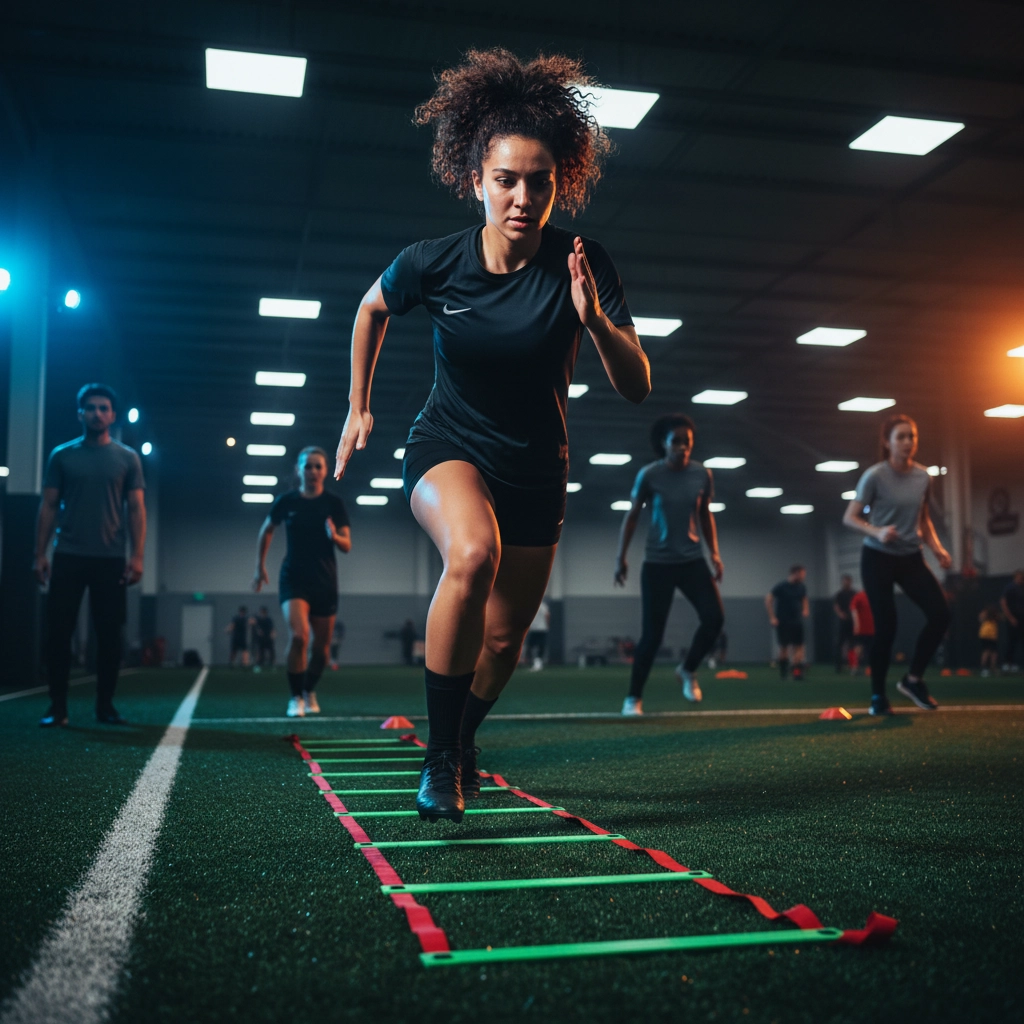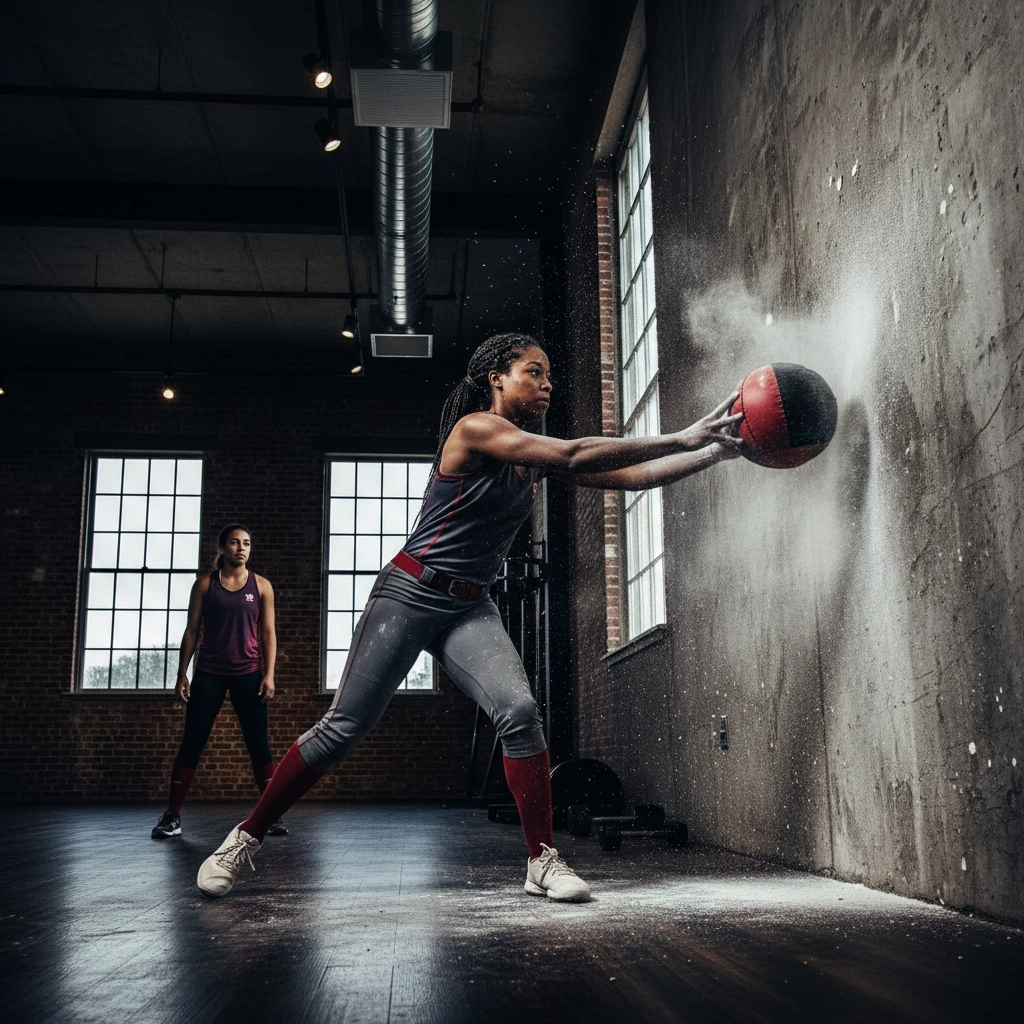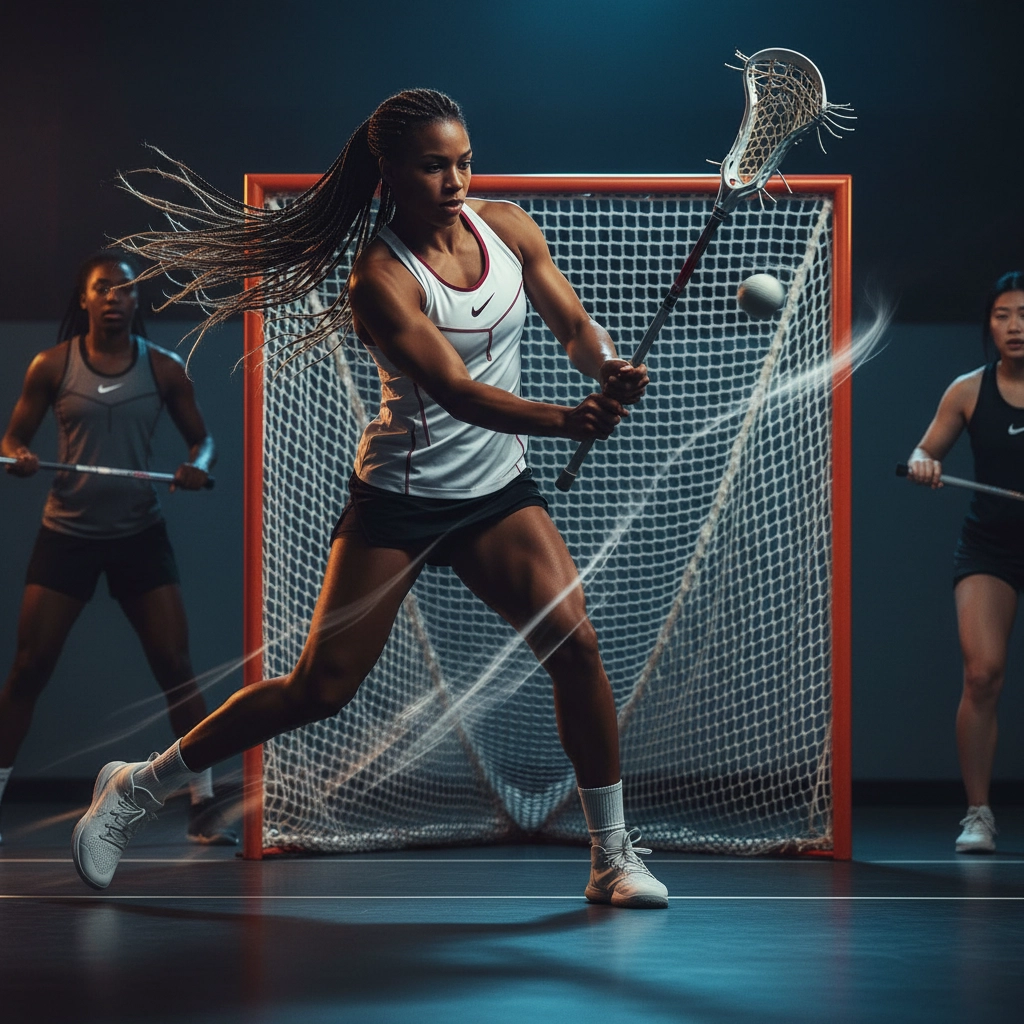The leaves are changing, temperatures are dropping, and your spring sport athlete might be settling into winter mode. But here's the thing – while other athletes are taking a break, the winter months are the ideal window to get ahead for the upcoming spring season, with November as the perfect kickoff. Whether your child plays baseball, soccer, softball, track and field, lacrosse, or tennis, starting their preparation now sets them up for success when official preseason kicks off in January.
The Strategic Advantage of Winter Training (Kick Off in November)
Think about it this way: spring sports preseason typically begins in January, with competition starting in February and championships wrapping up in May. By starting training in November and building through the winter, your athlete gains a crucial 2-3 month head start before the official season even begins. This isn't just about getting a jump on the competition – it's about setting a foundation that makes everything else possible.
Research consistently shows that young athletes who properly prepare before their season starts experience fewer injuries and perform better throughout their competition schedule. When athletes jump straight into intense practices and games without adequate preparation, they're setting themselves up for setbacks that could have been easily prevented.
Building the Foundation: What Winter Training Should Look Like
Winter training — ideally kicking off in November — isn't about throwing your athlete into sport-specific drills right away. Instead, this early preparation phase focuses on building the athletic foundation that will support everything they do later in the season.
Cardiovascular Conditioning
The transition from fall activities to spring sports represents a major shift in how young athletes use their bodies. The winter months give you time to gradually build cardiovascular endurance specific to your athlete's developmental stage and sport demands, and starting in November provides the longest, safest runway. A soccer player needs different conditioning than a tennis player, and starting early allows for this customized approach.
Foundational Strength Training
This is the perfect time to focus on functional strength that will prevent injuries and enhance performance. We're talking about building core stability, improving balance, and developing the kind of strength that translates directly to better athletic performance.
Flexibility and Mobility
Winter activities often leave athletes tight in certain areas. Winter training — especially when you start in November — provides the opportunity to address these issues before they become problems during the competitive season.
Sport-Specific Benefits of Early Preparation
Each spring sport benefits differently from this extended preparation window:
Baseball and Softball Players
Winter is ideal for working on throwing mechanics without the pressure of game situations. Starting in November, pitchers can focus on proper form and gradually build arm strength. Position players can work on rotational power and hand-eye coordination through targeted drills.
Soccer Athletes
The transition from fall soccer or other sports to spring soccer requires maintaining cardiovascular fitness while developing the specific agility and ball skills that may have been dormant. Winter training allows for this gradual reintroduction, and a November start gives you time to progress without rushing.
Track and Field
Different events require different preparation approaches. Sprinters can focus on acceleration mechanics, while distance runners can build their base mileage. Field event athletes can work on technique refinement and specific strength development.
Lacrosse Players
The stick skills and aggressive physical play of lacrosse require a unique combination of hand-eye coordination and physical conditioning. Starting in November and using the winter months allows players to refresh these skills gradually.
Tennis Players
Court movement, stroke mechanics, and match endurance all benefit from extended preparation. Winter training can address any technique issues — especially when you start in November — while building the specific conditioning tennis demands.
The Science Behind Off-Season Training
Evidence-based training isn't just a buzzword – it's the foundation of effective athletic development. When we talk about preparing for spring sports over the winter — ideally starting in November — we're applying principles that have been proven through decades of sports science research.
The principle of progressive overload suggests that athletic improvements happen when we gradually increase training demands over time. Starting in November provides the timeline necessary to apply this principle safely and effectively. Instead of shocking the body with sudden intense training in January, athletes can build systematically toward peak performance.
Additionally, motor learning research shows us that skill development requires consistent practice over extended periods. The technical aspects of each sport – whether it's batting mechanics, soccer ball control, or tennis stroke production – all benefit from this extended development window.
Creating Mental Momentum
There's something powerful about being ready before everyone else. When your athlete walks into that first official practice in January, they're not just physically prepared – they're mentally confident. They've been working while others were resting, and that psychological edge can make a huge difference throughout the season.
Winter training — especially when started in November — also allows for the development of mental skills that often get overlooked during the competitive season. Goal setting, visualization, and competition anxiety management are all areas that benefit from focused attention during this preparation phase.
The Community Factor: Training with Purpose
One of the biggest advantages of structured off-season training is the community aspect. When young athletes train together during the off-season, they're building relationships and pushing each other to improve. This supportive environment creates accountability and makes the hard work more enjoyable.
At Athletic Republic Knoxville, we see this community effect in action every day. Athletes from different sports train together, supporting each other's goals while working toward their individual objectives. This creates an environment where everyone elevates their performance.
Avoiding the January Rush
Here's a practical consideration that many families overlook: waiting until January to start spring sports preparation means competing for training slots and attention when everyone else is doing the same thing. By starting in November (or early winter), your athlete gets more individualized attention and better scheduling options.
Additionally, starting early prevents the all-too-common scenario where athletes feel rushed to get ready for their season. This rushed approach often leads to shortcuts in preparation that compromise both performance and injury prevention.
The Athletic Republic Knoxville Advantage
Our evidence-based approach to sports performance training is designed specifically for situations like this. We understand that each sport has unique demands, and our programs reflect this understanding. Whether your athlete needs to develop explosive power for track and field, improve reaction time for tennis, or build throwing strength for baseball, our systems are designed to deliver measurable results.
Our sports performance training programs incorporate the latest research in athletic development while maintaining the supportive, community-focused environment that makes training enjoyable for young athletes.
For baseball and softball players, our specialized programs focus on rotational power, throwing mechanics, and the specific conditioning these sports demand. Soccer athletes work on agility, cardiovascular endurance, and the quick decision-making skills that separate good players from great ones.
Making the Commitment
Starting winter preparation — ideally in November — requires a commitment – from both athletes and families. It means prioritizing training when it might be easier to take a break. But the athletes who make this commitment consistently outperform their peers who wait until the last minute.
The key is finding a training program that maintains engagement while delivering results. Young athletes need to see progress and feel challenged without being overwhelmed. This balance is what separates effective off-season training from simply going through the motions.
Your Next Step
This winter is your window, and if it's November, even better — kick things off now. Your spring sport athlete can enter their season with confidence, knowing they've put in the work to be their best. They can focus on performance and enjoyment instead of just trying to get back into shape.
The athletes who start now will be the ones leading their teams in the spring. They'll be the ones who avoid the injuries that sideline unprepared players. Most importantly, they'll be the ones who truly enjoy their season because they're ready to perform at their highest level.
Don't let this window pass by. The perfect time to start preparing for spring sports success is right now — start in November if you can, and keep building through the winter so you're ready when spring practice begins.
Ready to get started? Book your free trial workout at Athletic Republic Knoxville and see how our training can move the needle fast.







